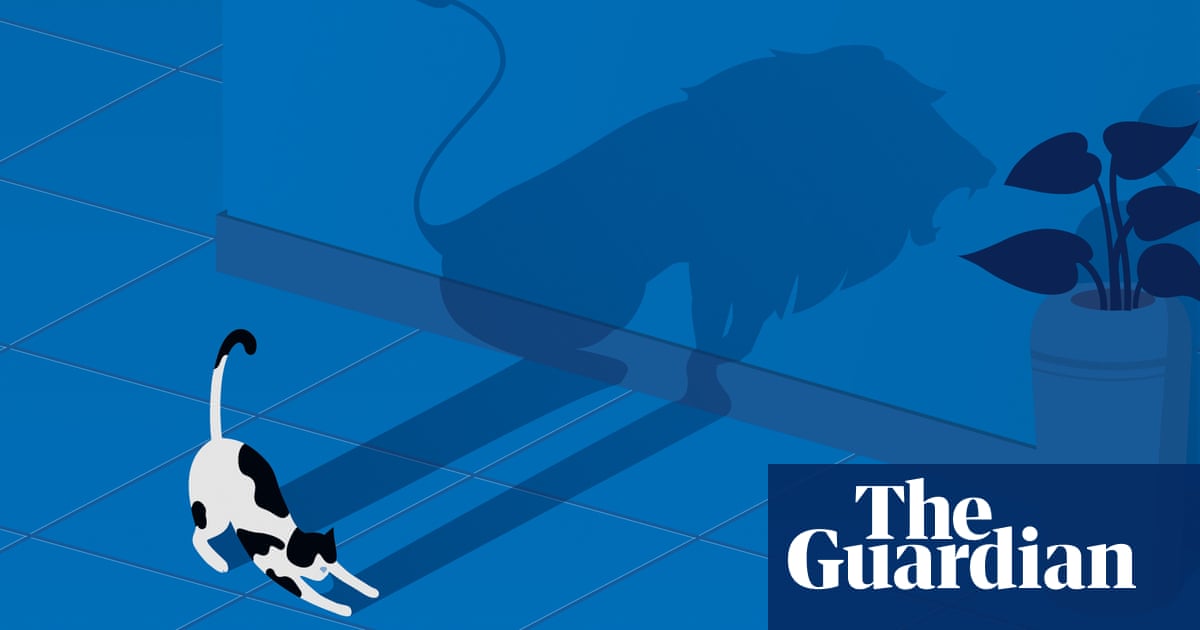المفاهيم الأساسية
The author argues that despite minimal genetic changes, domestic cats have adapted behaviors to manipulate humans effectively.
الملخص
Domestic cats exhibit unique behaviors like tail signaling and meowing adaptations to communicate with humans, showing a level of domestication. Despite similarities with wild relatives, cats have evolved specific traits for human interaction, making them adept at manipulating their owners.
تخصيص الملخص
إعادة الكتابة بالذكاء الاصطناعي
إنشاء الاستشهادات
ترجمة المصدر
إلى لغة أخرى
إنشاء خريطة ذهنية
من محتوى المصدر
زيارة المصدر
www.theguardian.com
The big idea: are cats really domesticated?
الإحصائيات
Domestic cats have longer intestines and smaller brains compared to wild ancestors.
Small species of wild felines meow similarly to domestic cats.
Lions also use tail signaling when greeting each other.
Unowned cats can form groups similar to lion prides in dense populations.
اقتباسات
"Researchers have suggested that humans have an innate preference for high-pitched sounds and that cats adapted accordingly."
"Cats use their tails to signal amiable intentions to us as well is a great tribute, indicating we’ve attained honorary cat status."
"When interactions are common, a way of indicating friendly intentions is needed, and what better piece of anatomy to use than a tail – visible at a distance and not used for other purposes?"
الرؤى الأساسية المستخلصة من
by في www.theguardian.com 06-05-2023
https://www.theguardian.com/books/2023/jun/05/the-big-idea-are-cats-really-domesticated
استفسارات أعمق
Why do some breeds of domestic cats exhibit more dog-like behavior?
Some breeds of domestic cats exhibit more dog-like behavior due to selective breeding. Over time, humans have selectively bred certain cat breeds to emphasize specific traits that are typically associated with dogs, such as increased sociability, playfulness, and trainability. These breeds have been developed to be more attentive companions and may even display behaviors traditionally seen in dogs, like fetching toys or responding to commands without training.
Is the social structure of unowned cat groups comparable to lion prides?
Yes, the social structure of unowned cat groups can be comparable to lion prides in certain aspects. When multiple unowned cats live together in large populations where food is abundant (such as in urban environments), they tend to form groups composed mainly of related females. Similar to lions living in prides consisting mostly of female relatives, these feline groups exhibit sociable behaviors like grooming each other, playing together, and assisting during birth. Both lions and unowned cat groups show a preference for interacting with members from their own group rather than outsiders.
How does the evolution of cat behaviors impact their relationship with humans?
The evolution of cat behaviors has had a significant impact on their relationship with humans. Cats have adapted certain behaviors over time that make them better able to communicate and interact with humans effectively. For example, the modification of meowing into shorter and higher-pitched sounds by domestic cats is believed to cater specifically to human preferences for such vocalizations. Additionally, tail signaling used by both domestic cats and lions when greeting others indicates friendly intentions and facilitates communication within social structures.
These evolved behaviors not only help cats navigate interactions within their own species but also enhance their ability to engage positively with humans. By displaying signals like upright tails or engaging in affectionate gestures towards people (e.g., rubbing against legs), domestic cats establish bonds similar to those seen among related individuals within feline social groups. This adaptation allows them to manipulate human responses effectively while fostering closer relationships between cats and their human companions.
0
